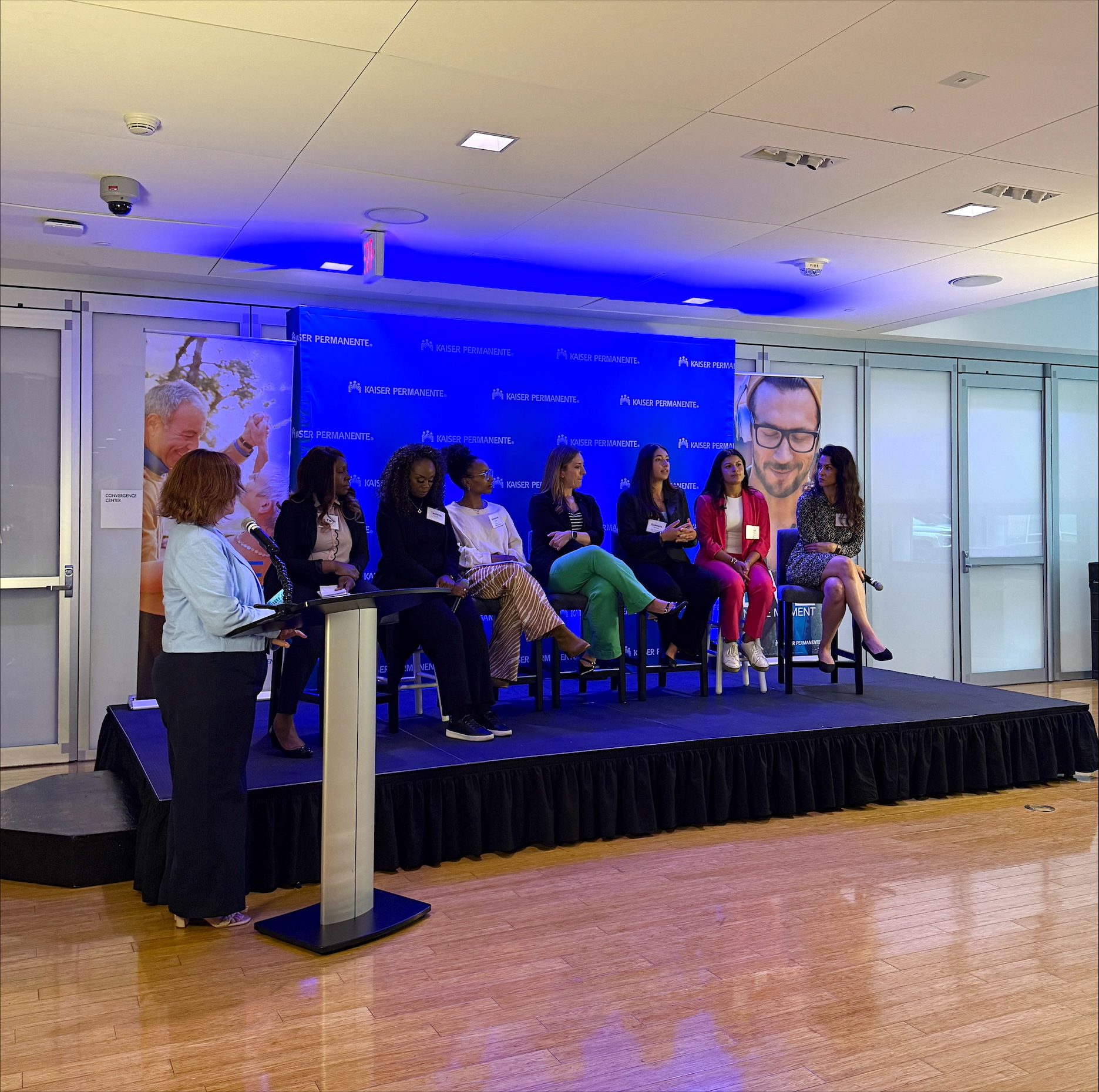Experts and advocates meet to discuss strategies to achieve good health for all
Populations that experience health inequities — based on factors such as race, income, gender or geographic location — suffer poor health outcomes.
Over the last 3 decades, obesity rates doubled for adults and preschool children, and tripled for school-age children and adolescents. Despite signs of progress, disparities in obesity rates persist.
The largest gathering of professionals on the topic of pediatric obesity in the nation got together at the 2017 Childhood Obesity Conference to share and discuss emerging research, best practices, community-based efforts and effective policy strategies that promote and sustain healthy eating and physical activity practices for children, adolescents and their families.
This year’s conference theme was “Good Health for All,” with a focus on achieving health equity and equal access to services and conditions that promote optimal health. Kaiser Permanente is one of the conference’s hosts, with representatives attending and presenting — from medical providers to community health experts.
“Make no mistake about it, since the inaugural summit in 2001, we have come a long way,” said Loel Solomon, PhD, vice president of Community Health at Kaiser Permanente, who spoke at the event. “We come to this conference to get smart together, to figure out new and more powerful ways to collaborate and reinvigorate ourselves for a battle that we are making great strides in, but have not yet won.”
Obesity and obesity-related disease shows up as a priority in nearly every one of Kaiser Permanente’s regular community health needs assessments.
Even with the perennial challenges of increasing healthy eating and physical activity, the conference highlighted some encouraging milestones and inspiring direction moving forward.
Important notes from Loel Solomon on the topic of childhood obesity
The market is shifting in favor of healthier options. For the first time, sales of water exceeded soda sales in 2016.
Many food and beverage companies are working to develop healthier product categories. Programs like Partnership for a Healthier America deserve a lot of credit for shifting the conversation.
We’ve turned the corner on the framing of childhood obesity as a personal failure. It is now well accepted that policy decisions, social pressures and powerful market forces are the real drivers behind the epidemic.
Most importantly, childhood obesity rates are starting to plateau and decline for preschool-age children due in large measure to great progress being made in the area of early care and education.
The challenge moving into the future involves sustaining focus, creative energy and passion for achieving good health for all.
“Obesity rates for kids overall are plateauing — that is no victory,” said Solomon. “We need to remind ourselves of what is at risk and say, ‘Not on our watch.’ We simply can’t afford to take our foot off the pedal.”
Find an event summary and information about the 9th Biennial Childhood Obesity Conference speakers and supporters at childhoodobesity2017.com. You can also view images and attendee posts at #coc17.




